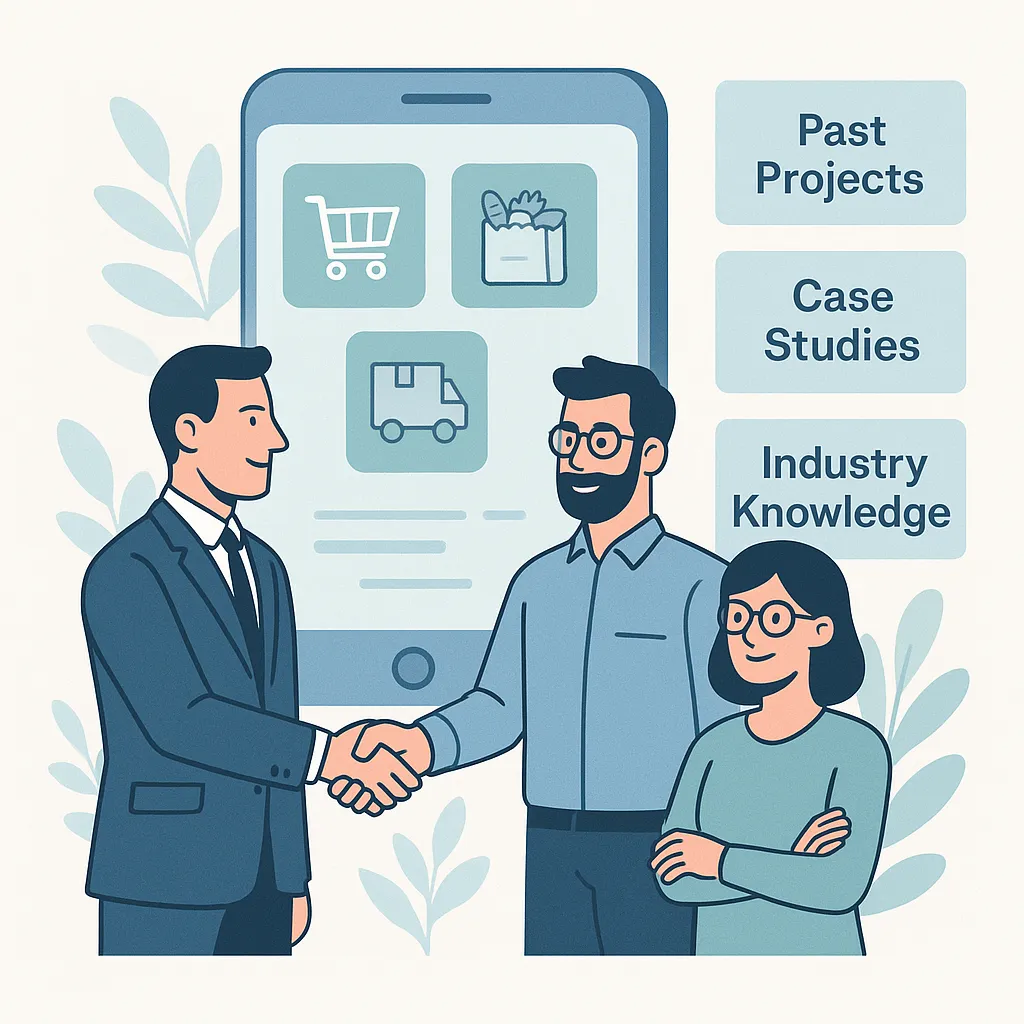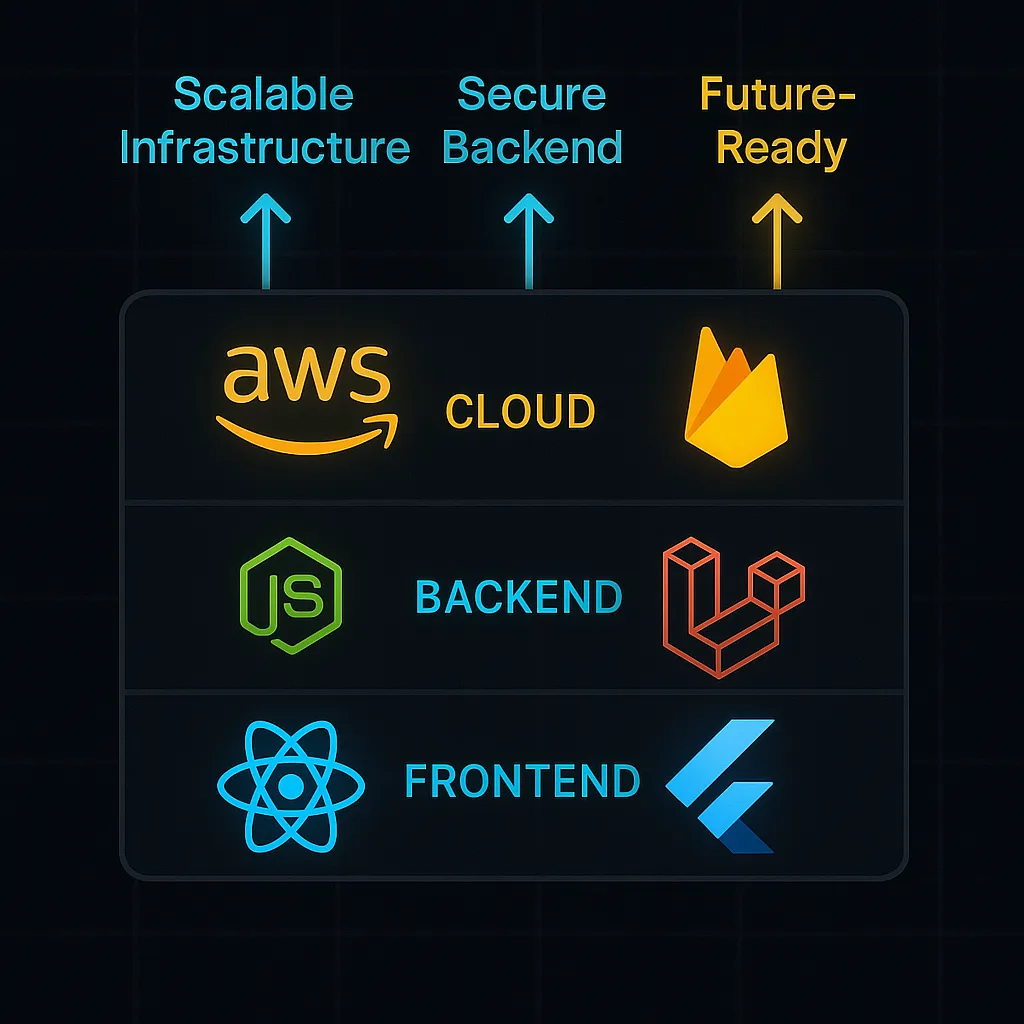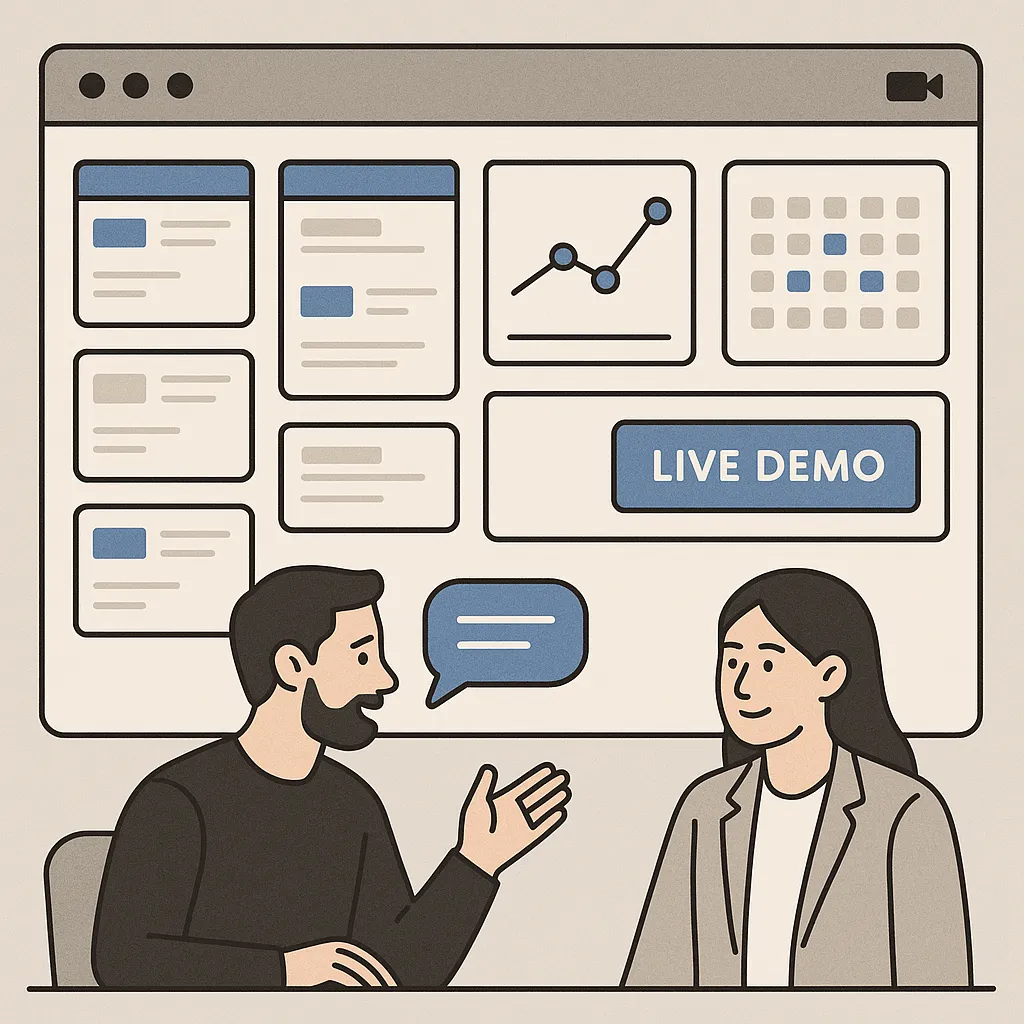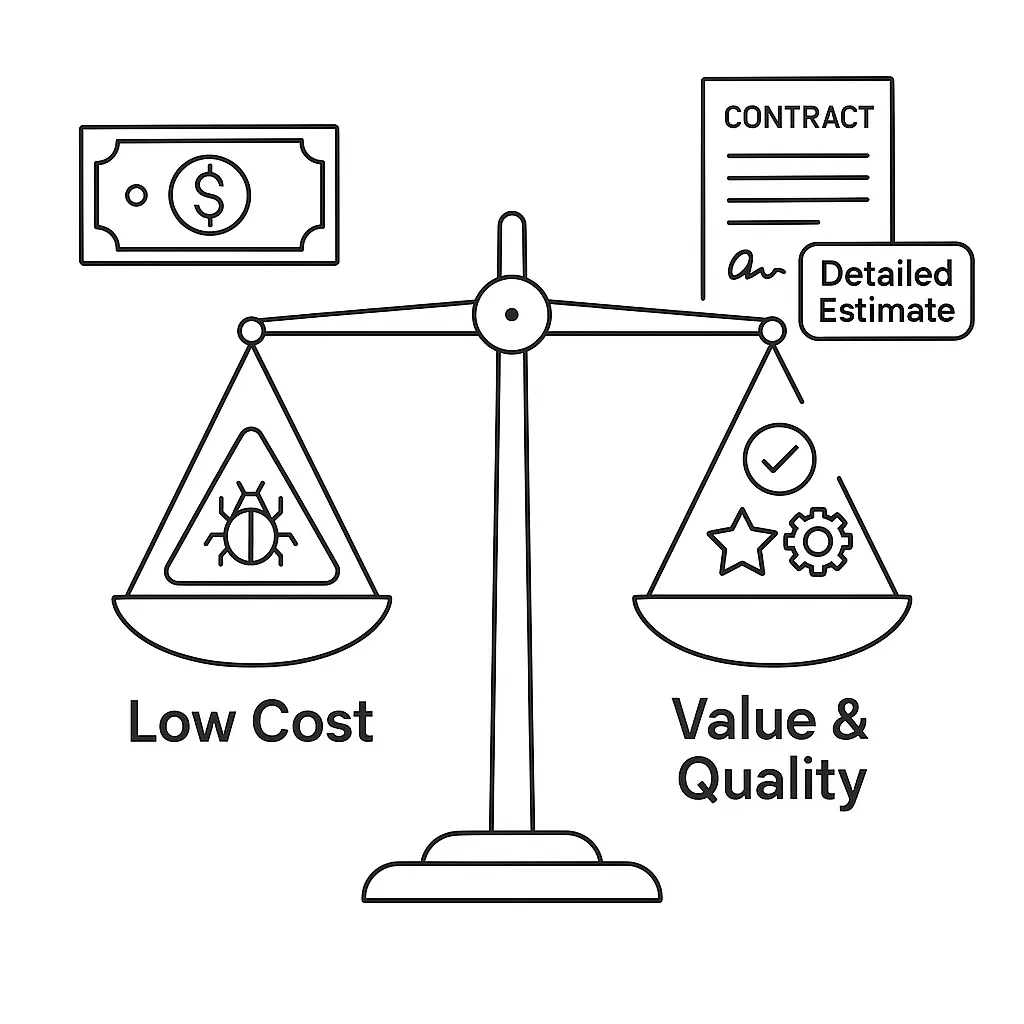How to Hire the Best OneCart Clone Developer
Create a powerful, customizable streaming solution with Miracuves’ Onecart Clone, equipped with high-performance features and next-gen technology.
So, you’ve zeroed in on the Onecart model — a multi-vendor eCommerce powerhouse that’s all about smooth ordering, real-time tracking, and managing hyperlocal deliveries. Great choice.
You’ve mapped out your value proposition. You know your market. But now comes the make-or-break move: hiring the right development team to bring your Onecart clone to life.
This isn’t just a matter of coding up an app. You need a team that gets both the tech and the business logic behind real-time order aggregation, location-aware services, and scalable vendor management. In this guide, we’ll walk you through exactly how to pick the best Onecart clone developer — someone who can take your idea from concept to conversion machine.

Look for Domain Expertise
You’re not just building another shopping app — you’re entering a highly competitive space with specific operational workflows. That’s why you need a developer with eCommerce and delivery platform experience.
What to check for:
Relevant clone experience → Have they worked on apps like Onecart, Instacart, or Grofers before? Prior clone builds mean faster onboarding.
Knowledge of on-demand logistics → The team should understand how to manage multiple vendors, delivery slots, real-time stock syncing, and customer location tracking.
Case studies or demo access → Ask for real examples of past work. Look for robust backend dashboards, multi-role support (admin, vendor, delivery, customer), and successful launch outcomes.
Choosing a team with domain knowledge minimizes miscommunication and helps you hit the ground running.
Tech Stack & Scalability
A Onecart clone needs more than just a mobile frontend. It’s an ecosystem — admin controls, merchant onboarding, order routing, push notifications, delivery tracking, and more. Which means tech stack matters.
Here’s what to look for:
Modern frameworks → Think React/Flutter for frontend, Node.js/Laravel for backend, and scalable databases like MongoDB or PostgreSQL.
Cloud readiness → Ensure support for AWS, Firebase, or other scalable infrastructures so you can grow without re-engineering everything.
API-first architecture → The backend should be flexible enough to connect to third-party logistics (3PL), CRM tools, or analytics dashboards.
Security best practices → Payment data, user addresses, and transaction logs demand proper encryption, access control, and compliance.
A forward-looking tech stack ensures you’re not just launching — you’re scaling smoothly as users, vendors, and cities come on board.


UI/UX Capabilities
User experience is the dealbreaker in eCommerce — especially when users have countless alternatives. Whether it’s your customer app or vendor dashboard, design and usability directly affect conversions and retention.
Key things to check:
Mobile-first design → The user journey should feel natural — from browsing products to placing an order — even on patchy networks.
Custom branding → The last thing you want is a cookie-cutter interface. Ensure the team supports white-labeling and visual identity customization.
Role-based dashboards → Your vendor and delivery partners need intuitive controls that match their specific workflows.
Speed and accessibility → Optimized performance on both Android and iOS, with clean navigation and fast load times.
Even the smartest backend will fall flat if the user interface feels clunky. Choose a team that balances aesthetics with functionality.
Communication & Workflow
Building an app like this is a partnership — and smooth communication is the glue that holds it all together.
Here’s what separates pro teams from scattered freelancers:
Defined project management tools → Are they using Jira, Trello, or similar platforms? Can you see progress in real-time?
Direct communication channels → You need access to project leads or developers — not just a sales intermediary.
Milestone-based updates → Regular demos, staging environments, and documented iterations show that things are on track.
Post-launch support → From minor bug fixes to feature rollouts, make sure they stick around once you go live.
Strong processes and communication save time, reduce rework, and make collaboration far less stressful.


Pricing Models & Quality
It’s tempting to go with the cheapest option — especially early-stage. But with clone apps, you often get what you pay for.
Here’s how to assess pricing the smart way:
Break down deliverables → Are they including design, deployment, QA, and documentation? Or just barebones code?
Avoid vague estimates → Ask for detailed proposals with timelines, task lists, and cost per feature/module.
Don’t get lured by “lowest bid” traps → Cheap devs may cost you more in the long run through unstable code and missed deadlines.
Plan for the full lifecycle → Remember to factor in future updates, maintenance, and scaling costs.
Instead of looking for the lowest quote, look for the highest value per dollar spent.
Choose the Right Development Partner
Even with a clear roadmap, building an on-demand food delivery platform like Delivery Hero is no simple task — you need a development team that understands the logistics, user behavior, and rapid scalability of the ecosystem. Partnering with the right Delivery Hero clone development company can save you time, optimize costs, and help you sidestep common technical and operational pitfalls.
Look for a partner that offers:
Proven experience in on-demand delivery app development
Teams who’ve built food, grocery, or multi-vendor delivery apps understand the real-time complexity involved.A portfolio of scalable and high-performance platforms
From rider tracking to smart order dispatch, your app needs to perform reliably under peak demand.Comprehensive services — from ideation to scaling
The right partner won’t just deliver code — they’ll support you through strategy, design, deployment, and growth.
At Miracuves, we specialize in creating high-performance Delivery Hero clones built for real-world success. From intuitive customer interfaces to robust admin dashboards and delivery tracking systems, we help you launch faster and scale smarter. Let us handle the backend tech, while you focus on growing your brand and customer base.
Conclusion
Hiring the best Onecart clone developer isn’t just about finding someone who can code — it’s about partnering with a team that understands the unique demands of real-time, multi-vendor delivery ecosystems. Focus on industry-specific experience, a future-proof tech stack, thoughtful design, a collaborative workflow, and transparent pricing. That’s how you get a product that not only works — but thrives.
Frequently Asked Questions
Focus on their experience with similar delivery platforms, scalability options, and ability to customize for your niche.
Traditional development can range from $8K–$25K+, depending on features and customization.
With Miracuves’ ready-made Onecart Clone Solution, you can launch your full platform in just 3–9 days for only $2,899, including setup and deployment.
Yes, most top developers offer complete white-label solutions — logo, colors, UI elements — all customizable.
A solid MVP usually takes 4–8 weeks, and full-feature builds may require 10–14 weeks.
With Miracuves’ ready-made Onecart Clone Solution, you can launch your complete platform in just 3–9 days, including setup, customization, and deployment.
Good companies offer post-launch support, updates, and performance monitoring — make sure it’s part of your contract.



